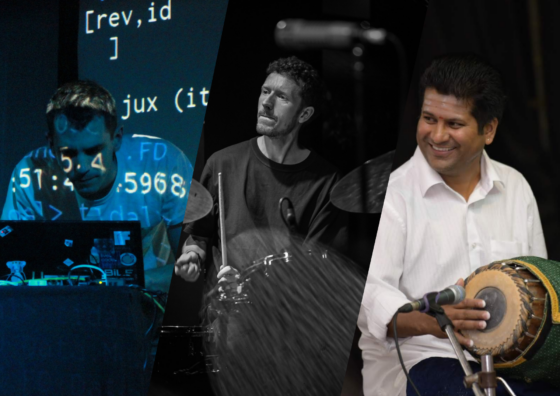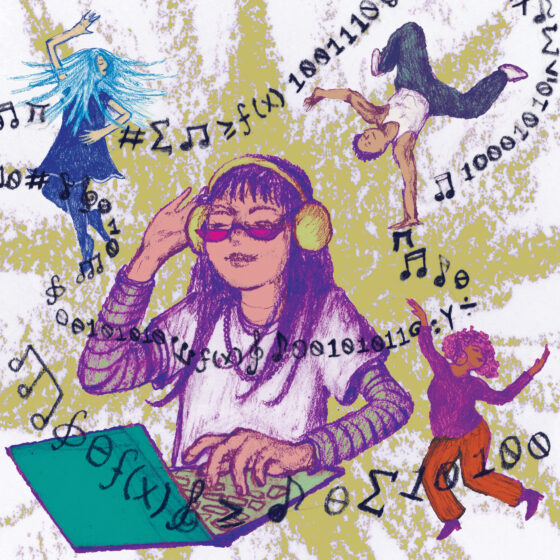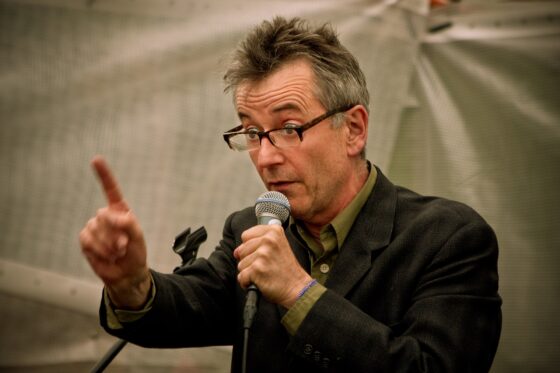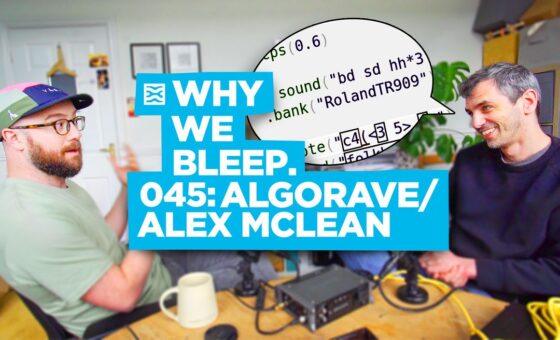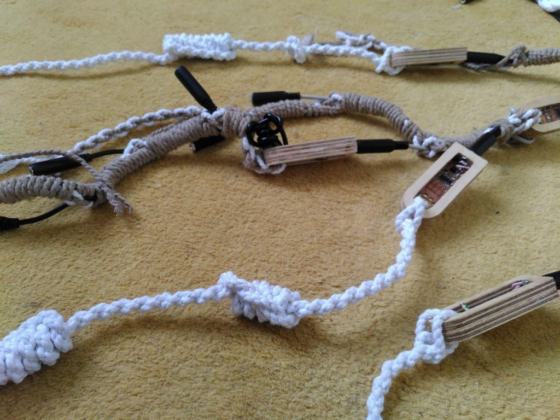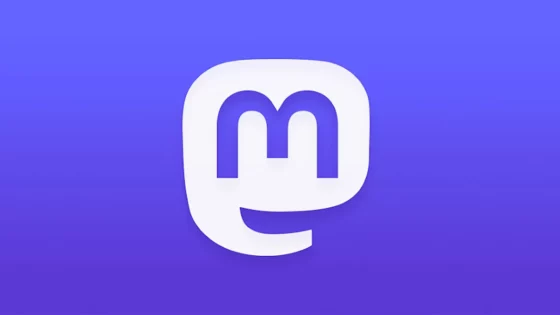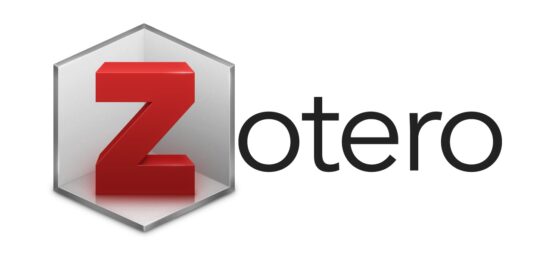This is a big one for me – an upcoming collaboration with B C Manjunath and Matt Davies, exploring carnatic…
Algoraves are here right now
I just happened on a pandemic-era article about algorave from 2022. It’s really nicely written and researched, and I especially…
Following instructions
I once went to a workshop run by the poet John Hegley, he got us making poetry booklets out of…
Tidal – a history in types
Some notes from the embedded conference “working out situated universality” hosted by Julian Rohrhuber at IMM Duesseldorf. If you’re reading…
Modulating Time
I’m just back from a productive week working with Mika Satomi and Lizzie Wilson on a mini project ‘Modulating Time’…
Why we bleep podcast
This was a fun chat with Mylar Melodies for his Why We Bleep podcast, about algorave, tidalcycles/strudel, live coding and…
Algorithmic Pattern updates
I’ve been a bit behind on blogging in general, but made five posts in the Algorithmic Pattern blog yesterday.. On…
Luigi Russolo, Futurist and Fascist
I publish this blog post with some nervousness, as I’m not a historian or musicologist. This is something I feel…
Slow Growth of Mastodon
I used to use twitter quite a bit, but now it’s run by a hard-right weirdo who wants to defeat…
My publications list – updated
My publications list was missing some entries and many of the PDFs. I started uploading everything to Zenodo, but although…
